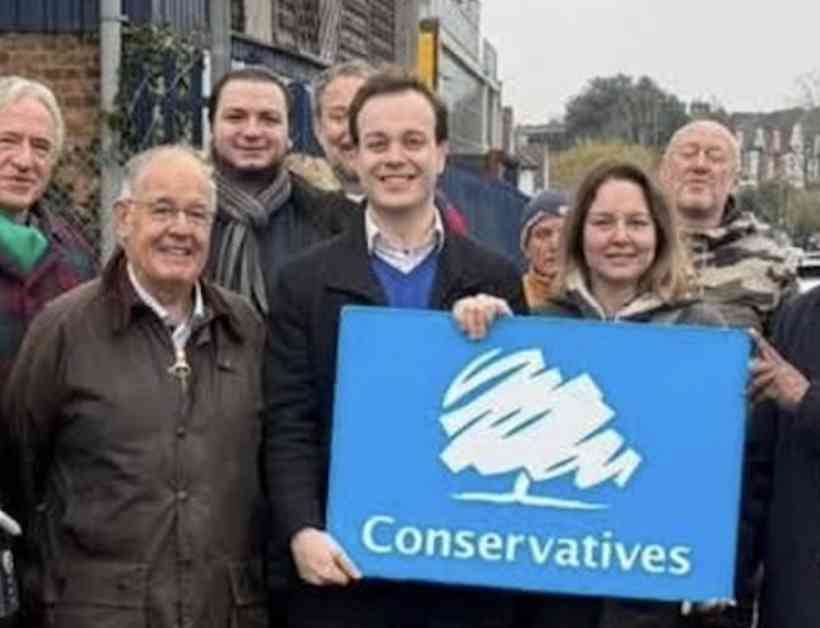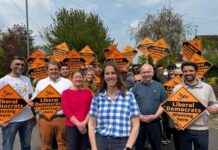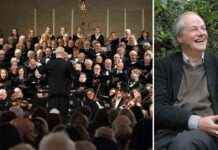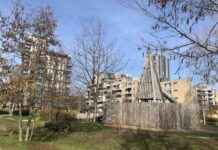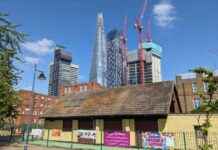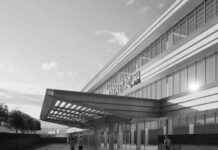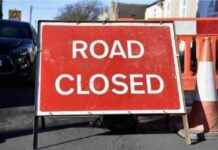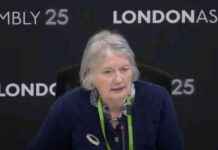The recent London by-elections held in Hounslow and Barnet have unveiled intriguing results that deviate from the usual patterns seen in such contests. Let’s delve into the details of these elections and the implications they hold for the local political landscape.
Brentford East: A Ward of Diversity and Interesting Characters
In Brentford East, a ward characterized by a mix of social housing and suburban estates, a captivating by-election took place recently. The area, home to the Brentford Community Stadium and the Musical Museum, saw a diverse range of candidates vying for the council seat.
Among the candidates were notable figures such as Max Mosley, a senior economist, and Christine Cunniffe, the principal of LVS Ascot school. The election saw Mosley emerge victorious with a reduced vote share, while Reform UK made significant gains, signaling a shift in the political landscape.
Syon & Brentford Lock: A Tight Race Reflecting Changing Dynamics
Moving west to Syon & Brentford Lock, another by-election unfolded with intriguing dynamics. The ward, known for its inter-war suburbia and diverse demographics, witnessed a close race between Labour and an Independent candidate, Theo Dennison.
Dennison’s victory by a narrow margin of 12 votes over the Labour candidate, Jennifer Prain, marked a significant shift in the council’s composition. The result underscored the evolving political climate in Hounslow, with implications for future contests and council decisions.
Finchley Church End: A Conservative Victory Amid Shifting Alliances
In Finchley Church End, the by-election following the passing of long-serving Conservative councillor Eva Greenspan saw Tory candidate Josh Mastin-Lee emerge victorious. The ward, known for its affluent residential areas and significant Jewish community, witnessed a notable rise in Labour’s vote share, signaling changing alliances and political trends.
The Liberal Democrats, once hopeful of establishing a foothold in the area, faced a sharp decline in their vote share, reflecting broader shifts in local politics. Reform UK’s performance in the ward highlighted the party’s growing presence in traditionally Conservative strongholds.
As we reflect on these by-elections and their outcomes, it becomes evident that London’s political landscape is evolving. The results of these contests offer a glimpse into the changing dynamics and alliances shaping local governance. With future by-elections on the horizon, it remains to be seen how these trends will continue to unfold and influence the city’s political trajectory.
The upcoming by-election in the Mayfield ward of Redbridge on 27 March will provide further insights into the shifting political winds in London. As the city navigates these changes, the implications for governance, representation, and community engagement are profound. Stay tuned as the political drama unfolds in the vibrant tapestry of London’s local elections and by-elections.

